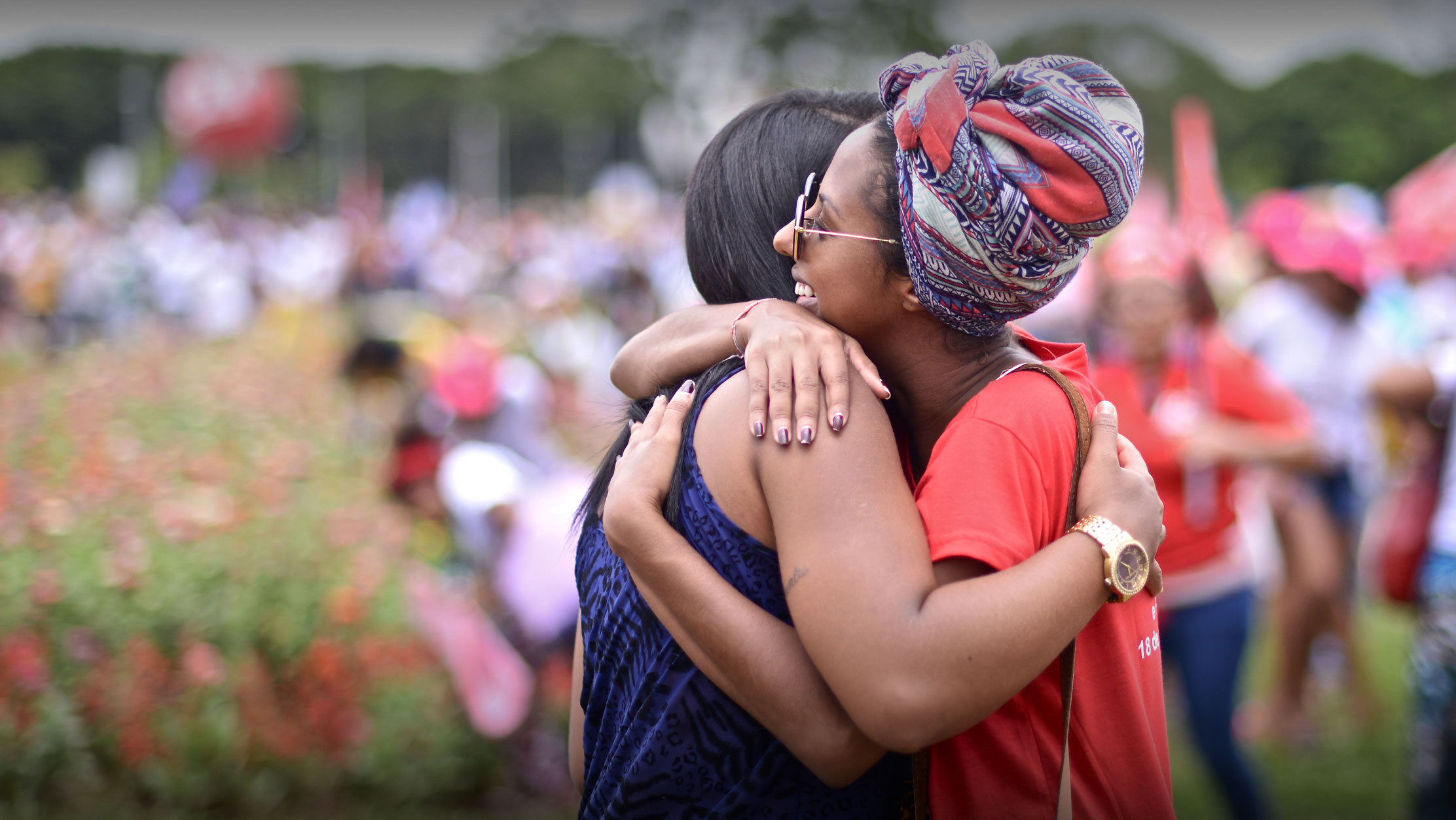(Re)coding power: Hacking, occupying and creating a feminist internet
Feminists disrupt systems, spaces, events that oppress, violate and exclude us from living freely, expressing our desires and creating alternative, safe and realised lives. The internet is a space, a platform, a digital connector that we are increasingly using to agitate, communicate and mobilise. As state surveillance of activists increases, misogynist trolls play out their violences, companies mine our data and invade our privacy, we need to disrupt and claim the Internet!

